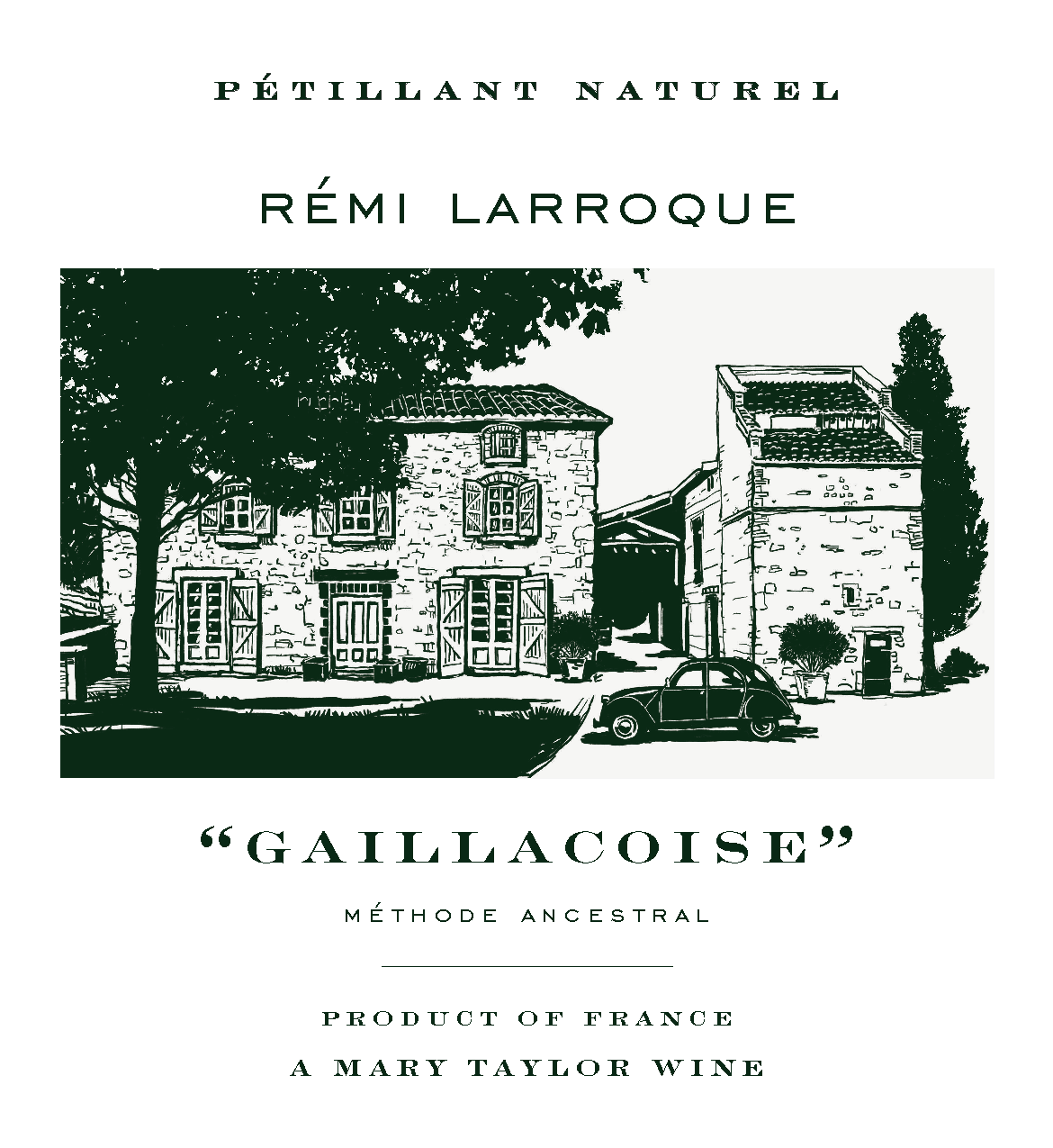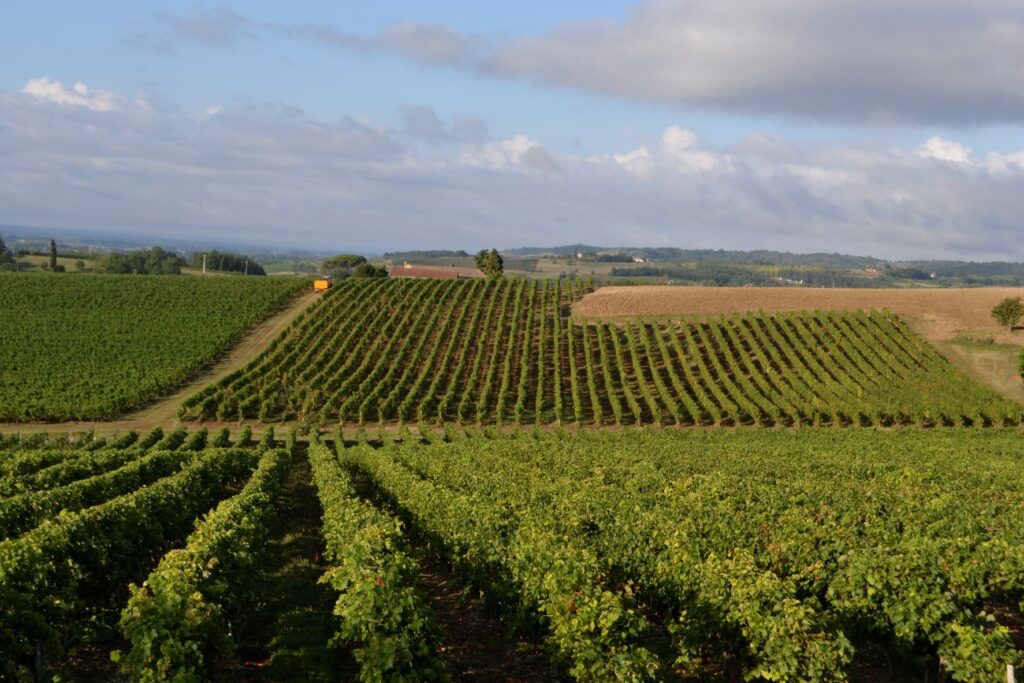
Our Gaillacoise Pétillant Naturel is made in the méthode ancestrale: an ancient, artisanal method of making sparkling wine which consists of a single fermentation. Our friends Nathalie and Rémi Larroque, who also make our Gaillac Perlé, tend to indigenous grapes in this ancient vineyard area and make just 3,000 bottles of Gaillacoise from the traditional Mauzac grape.
Wine Description
About the South-West France:![]()
This lack of recognition is largely tied to the rapid rise of the Bordeaux wine industry during the Middle Ages. The development of the port of Bordeaux enabled easy access to international markets, especially England, which became a key destination for wine exports at this time. Moreover, Bordeaux authorities imposed a commercial monopoly known as the “privilege of Bordeaux Wines”, which restricted the sale of wines from inland regions (especially Occitania via the Garonne River which connects the region to Bordeaux’s ports) until Bordeaux wines had been sold. This practice significantly stopped the commercial expansion of South-Western wines and contributed to their long-standing marginalization.
However, the South-West is home to incredible resources, with a rich diversity of terroirs and a wealth of native grape varieties that are unknown outside the region. The mosaic of vineyards offers a wide range of styles, traditions, and expressions. In recent years, the region has begun to gain new momentum, as winemakers focus on quality, authenticity, and sustainable practices. Thanks to renewed interest from wine consumers, seeking originality and character, the South-West is gradually emerging from the shadow of Bordeaux and carving out its own identity on the national and international market.
About the estate:
Gaillac is the second oldest known vineyard area in France after Narbonne. Our friends Nathalie and Rémi Larroque, who also make our Gaillac Perlé, have an ancient winery here which has been in Nathalie’s family since 1540. They tend to old indigenous grape varieties such as Prunel’Art, Fer Servadou (also known as Braucol), Duras, Loin de L’Oeil, and Mauzac, from which this wine is made.
The Gaillacoise Pétillant Naturel is made in the méthode ancestrale: an ancient, artisanal method of making sparkling wine which consists of a single fermentation. The grape must is bottled before it is fully fermented, and as the grapes’ natural yeasts consume the remaining sugars, bubbles are produced and trapped in the bottle. The wine is bottled in November after harvest and is disgorged in March the following year.
Mauzac is a late-budding, late-ripening, and slow-fermenting grape, making it perfect for méthode ancestrale wines. It completes fermentation and rests on its lees over winter, developing its signature notes of dried apple peel – at once rustic and alluring.
The estate makes just 90,000 bottles (3,000 bottles of Gaillacoise) and all farming is sustainable, HVE Level 3-Certified. Vines are planted on clay and limestone (facing north-northeast for the whites), and are pruned in the simple guyot method with grass growing in every other row. The vineyards sit atop a 360-degree hill with the farmhouse on the top, and birds, bunnies, bees, clover grass and fava beans peek out from between the rows. The grand crus of ancient Gaul were once planted here, as Gaillac has an ideal climate with the convergence of winds from Mediterranean Africa and the cool Atlantic.
Size: 750ml
Appellation: Gaillac AOP
Soil Type: Clay, Limestone
Varieties: 100% Mauzac
Age of Vines: 15-20 years
Farming: Sustainable, HVE Level 3
Alcohol: 11%
Fermentation Details: Stainless steel![]()
